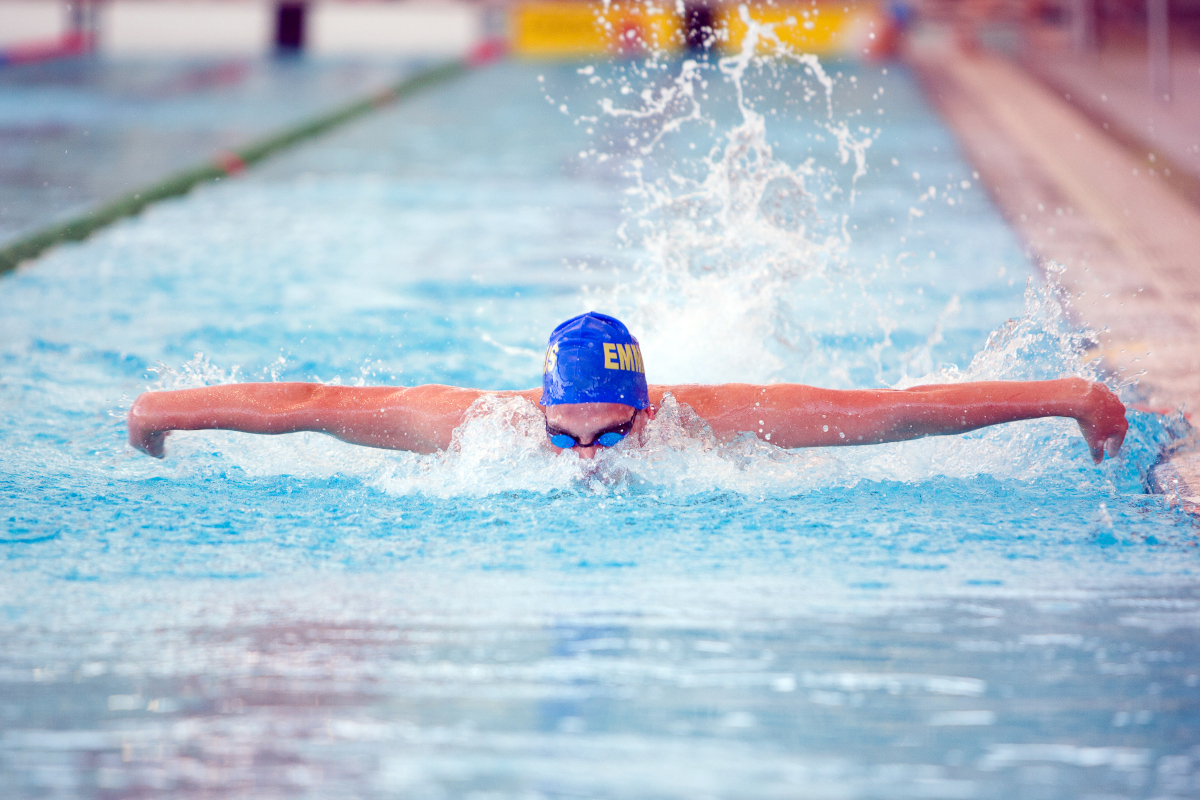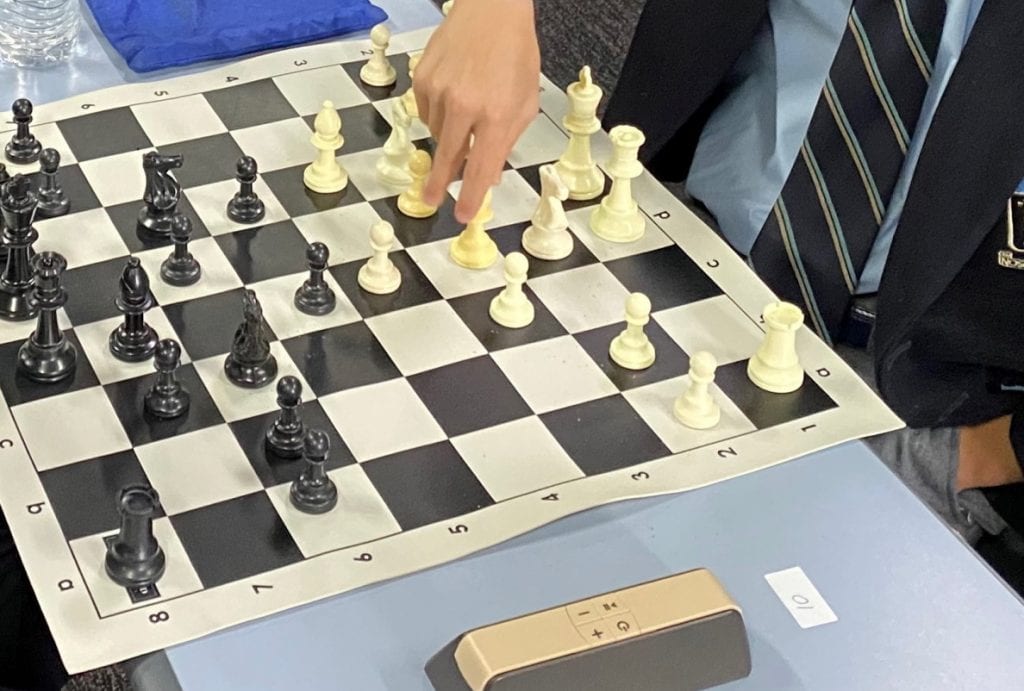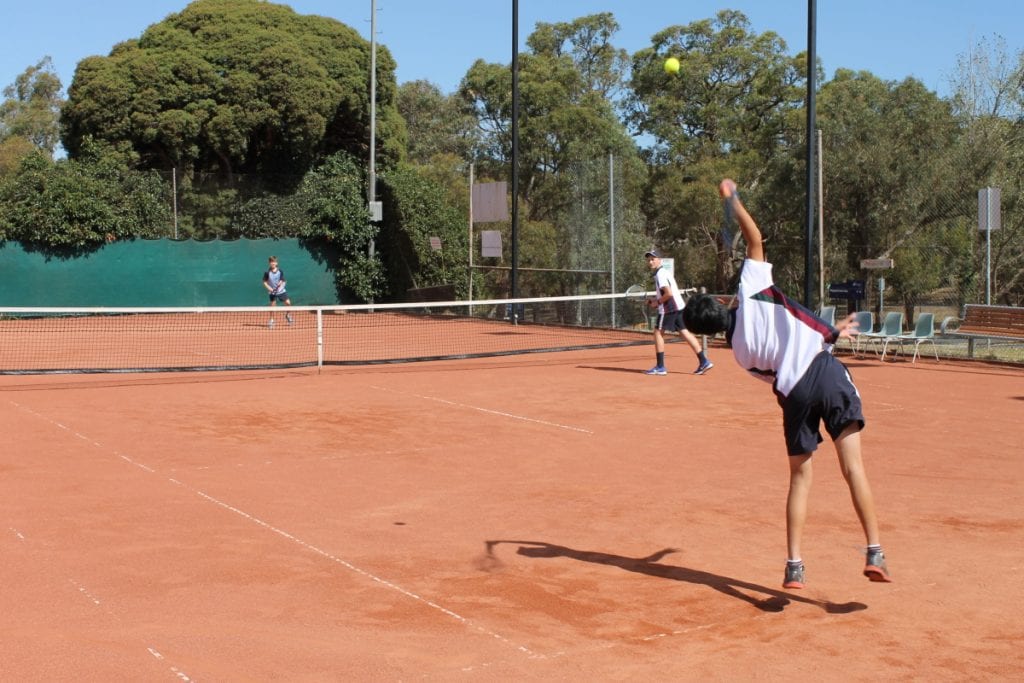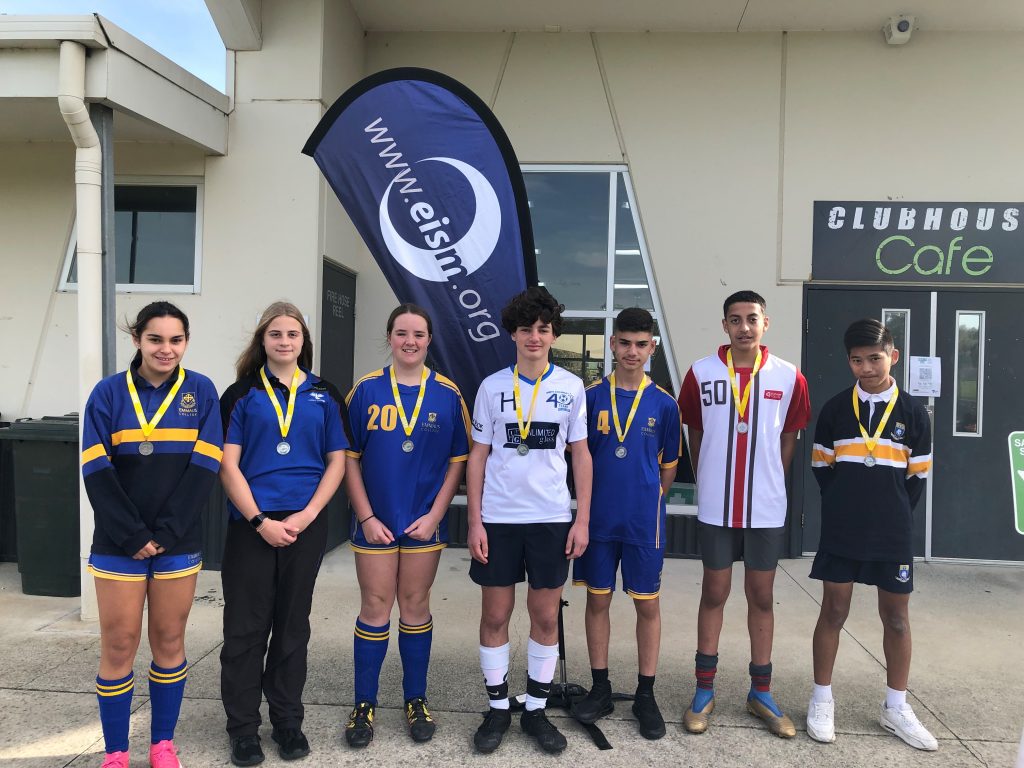EISM Concussion Management Guidelines
EISM – Eastern Independent Schools Melbourne
Executive Officer: Nathan Bower
Date of Guidelines Implementation: March 2022
Date of last major review: March 2022
Date of next major review: March 2024
Introduction
Participant safety and welfare is paramount when dealing with all concussion incidents, both in the short term and long term. Complications can occur if a player continues playing before they have fully recovered from a concussion.
Improved understanding regarding the incidence, and possible health ramifications of concussion, have led to an increased focus on the importance of diagnosing and managing the condition safely and appropriately.
These guidelines for the management of concussion are based on the Basketball Australia Concussion Guidelines which follow the guidance provided by the 2016 Berlin Concussion Consensus and were prepared by Dr Peter Harcourt; Chief Medical Officer for Basketball Australia, Contributor to the Concussion and Head Trauma Policy for Cricket Australia, and Medical Director for the Australian Football League.
Definition
According to Sports Medicine Australia; ‘concussion is a brain injury and is defined as a complex physiological process affecting the brain, induced by biomechanical forces. Concussion may be caused by either a direct or indirect blow to the head, face, neck or body causing an impulsive force transmitted to the head’.
Concussion should be considered for any student who experiences a head trauma and therefore requires a conservative management approach.
Within EISM Sport, where a doctor is unlikely to be present to diagnose, if a concussion is suspected then the player should not participate in that game until cleared by a doctor.
It is important that all personnel involved with EISM school sporting teams are aware of how to recognise and safely manage concussion. See the links below to the Concussion Recognition Tool and the ‘HeadCheck’ Application (a concussion management tool for parents and children);
http://www.aflcommunityclub.com.au/fileadmin/user_upload/Coach_AFL/Injury_Management/2013_Pocket_Concussion_Recognition_Tool__CRT_.pdf
https://itunes.apple.com/au/app/headcheck/id887756402?mt=8
It is also recommended that coaches be given the link https://concussioninsport.gov.au/ and that they are cognisant of what signs to look for in concussed students. AMA guidelines are to be followed.
Purpose
The purpose of this policy is to raise awareness about concussion related issues and ensure EISM Member Schools carefully follow a suitable and appropriate course of management for a suspected concussion sustained during EISM sporting matches or activities.
Accountability
Schools are required to develop and maintain arrangements consistent with the EISM Guidelines.
Concussion Management
In the early stages of injury, it is often not clear whether you are dealing with a concussion or there is a more severe underlying structural head injury. For this reason, the most important steps in initial management and beyond include:
1. Recognise – recognising a suspected concussion
2. Remove – removing the person from the game or activity
3. Refer – referring the person (parents/guardian) to a qualified doctor for assessment
4. Return – returning to either training or games
1. Recognising Concussion
According to the Concussion in Sport Australia Position Statement, an initiative of the Australian Institute of Sport, Australian Medical Association, Australasian College of Sport and Exercise Physicians and Sports Medicine Australia; Recognising concussion can be difficult. The symptoms and signs are variable, non-specific and may be subtle. Onlookers should suspect concussion when an injury results in a knock to the head or body that transmits a force to the head. A hard knock is not required, concussion can occur from minor knocks.
There may be obvious signs of concussion such as loss of consciousness, brief convulsions or difficulty balancing or walking. However, the signs of concussion can be more subtle. The Sport Concussion Assessment Tool (SCAT5) identifies 22 possible symptoms:
– headache – ‘don’t feel right’ – ‘pressure in the head’
– difficulty concentrating – neck pain – difficulty remembering
– nausea or vomiting – fatigue or low energy – dizziness
– confusion – blurred vision – drowsiness
– balance problems – sensitivity to light – more emotional
– sensitivity to noise – irritability – feeling slowed down
– sadness – feeling like ‘in a fog’ – nervous or anxious
Where players are older than 12 years, they may be asked a number of questions to recognise suspected concussion. If a player fails to answer any of the following questions (modified as required) correctly, this may suggest a concussion:
• “What venue/location are we at today?”
• “What team did you play last week/last game?”
• “Which half is it now?”
• “Did your team win the last game?”
• “Who scored last in the game?”
The SCAT5 should be available to all personnel with EISM school sporting teams;
http://www.aflcommunityclub.com.au/fileadmin/user_upload/Health_Fitness/SCAT5.pdf
A doctor is required to confirm the diagnosis.
2. Remove Player
Any player who has suffered a concussion or is suspected of having a concussion must be medically assessed as soon as possible after the injury and must NOT be allowed to return to play in the same game/practice session.
Do not be swayed by the opinion of the player, trainers, staff, parents or others regarding the return of the student to play.
A student with concussion or suspected concussion should not be left alone or be sent home by themselves, and needs to be with a responsible adult. Students should not take prescription medication, including aspirin, anti-inflammatory medication, sedative medications or strong pain relieving medications. The student’s parents or guardian should be contacted to inform them of the incident.
A school specific Incident Report must be completed by a staff member for a concussion related incident.
3. Referral
If the following signs are present, then a more serious condition may be present. If a player has any of these signs an ambulance should be called.
Signs suggestive of a more serious head injury are:
– Deteriorating mental state or consciousness
– Increasing drowsiness
– Repeated vomiting
– Deteriorating symptoms such as headache or intolerance of light
– Loss of muscle function
If a player has any of these signs an ambulance should be called to transfer the player to a hospital emergency department.
4. Return to play
Managing concussion in adolescents requires a more conservative approach.
Returning to learning and school should take precedence over returning to sport.
A student should only return to school and/or sport once they have received medical clearance to do so. Only a medical doctor should provide medical clearance for the person to return to school or the game or training.
1. A student must wait a minimum of 12 days after the complete resolution of all concussion symptoms before seeking formal clearance from a medical practitioner to return to contact activities. Player must only recommence ‘usual contact’ training when symptom free and physically able to complete full training sessions.
2. The student will then be reviewed by a medical practitioner before returning to full training that includes contact/collision. If there is no recurrence of symptoms 24 hours after full contact training, then a return to contact sport can be considered.
3. Player must obtain a written medical clearance from a Medical Practitioner (i.e. General Practitioner, Sports Doctor, Neurologist) to return to training and playing. The medical clearance must state that the player has been cleared from a concussion injury.
4. Player must have parental consent to resume training and playing.
5. During the next training session or game, a staff member should closely monitor the player. If they show any signs of concussion, the staff member should remove them from the game or training session and follow the procedures outlined above.
From a practical perspective the player will require at least 2 external medical assessments. The first to confirm the diagnosis and commence the rehabilitation and the second to clear the player for full training and play.
Links
AIS – Concussion in Sport
https://concussioninsport.gov.au/
SCAT5
http://www.aflcommunityclub.com.au/fileadmin/user_upload/Health_Fitness/SCAT5.pdf
Community level sport – Concussion Recognition Tool (CRT)
https://sportconcussion.com.au/wpcontent/uploads/2016/02/Concussion_Recognition_Tool5.pdf
Pocket Concussion Recognition Tool
http://www.aflcommunityclub.com.au/fileadmin/user_upload/Coach_AFL/Injury_Management/2013_Pocket_Concussion_Recognition_Tool__CRT_.pdf
Headcheck
https://itunes.apple.com/au/app/headcheck/id887756402?mt=8







